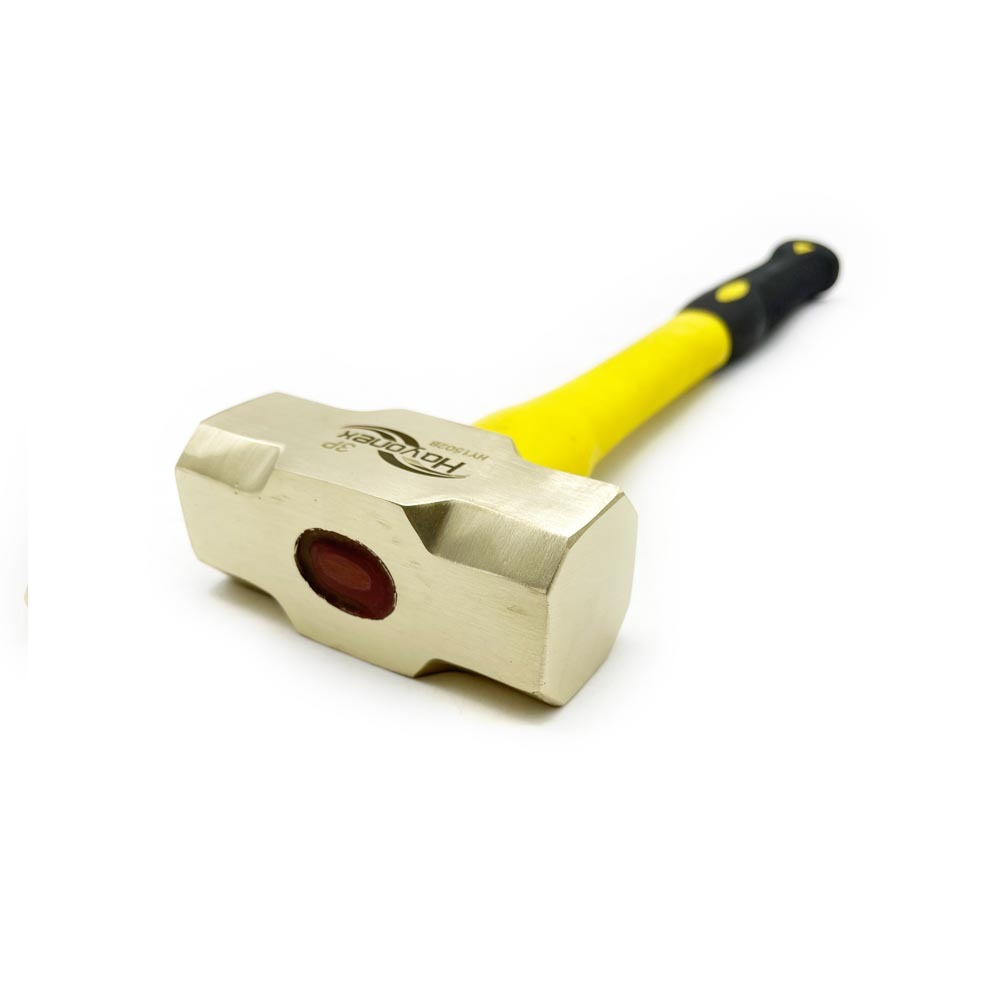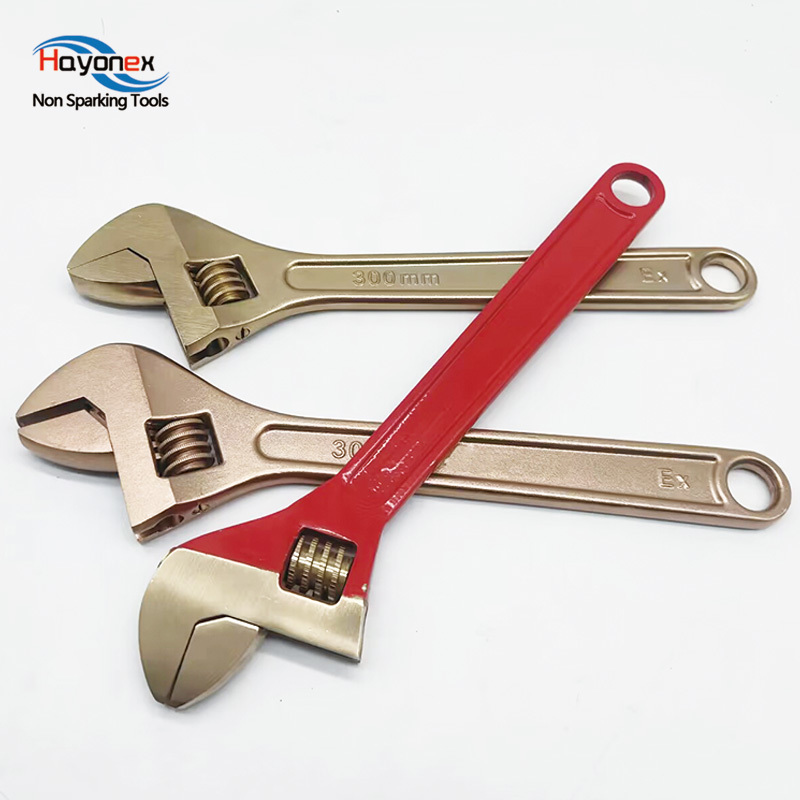Stay Safe with Non-Sparking Tools: A Guide for Every Worker
Release time:
2025-07-30
【Summary】 Discover the importance of non-sparking tools in hazardous environments and how they ensure safety in your workplace. Learn more now!
Understanding Non-Sparking Tools
When it comes to working in hazardous environments, safety should always be the top priority. One critical component of safety in many industries is the use of non-sparking tools. These tools are designed to minimize the risk of igniting flammable materials, making them essential for workers in places like oil refineries, chemical plants, and even some construction sites.
What Are Non-Sparking Tools?
So, what exactly are non-sparking tools? Simply put, these are tools made from materials that do not produce sparks when they come into contact with other hard surfaces. Common materials used to make these tools include brass, bronze, and certain composites. Given their unique properties, non-sparking tools are a must-have for anyone working in potentially explosive atmospheres.
Why Use Non-Sparking Tools?
Let’s be honest: accidents happen. But when you’re dealing with flammable gases, liquids, or dust, the stakes are higher than ever. Using non-sparking tools greatly reduces the chances of accidents caused by sparks, which can lead to fires or explosions. Isn’t it better to be safe than sorry?
The Benefits of Non-Sparking Tools
- Safety First: The primary benefit is, of course, safety. Non-sparking tools are designed to protect both workers and the environment.
- Versatility: These tools can be used in various applications, from electrical work to plumbing, making them quite versatile.
- Durability: Many non-sparking tools are made from strong materials, ensuring they can withstand tough conditions without breaking down.
Types of Non-Sparking Tools
Now, let’s dive into the nitty-gritty of non-sparking tools. Here are some common types you might encounter:
- Wrenches: Perfect for tightening or loosening nuts and bolts in flammable environments.
- Hammers: Non-sparking hammers are ideal for jobs where traditional tools might create a spark.
- Screwdrivers: These essential tools are available in non-sparking varieties to protect sensitive areas.
Best Practices for Using Non-Sparking Tools
Using non-sparking tools is just one part of maintaining a safe workplace. Here are a few best practices to keep in mind:
- Inspect Regularly: Always check your tools for wear and tear. A damaged tool can be just as dangerous.
- Store Properly: Keep your non-sparking tools in a dry place to prevent corrosion and extend their lifespan.
- Train Workers: Make sure everyone knows how to use these tools effectively to maximize safety.
Conclusion
In the end, the importance of non-sparking tools cannot be overstated. They are a simple yet effective way to enhance safety in potentially explosive environments. By investing in these tools and following best practices, you can help create a safer workplace for everyone. So, next time you’re gearing up for a task, make sure you reach for those non-sparking tools. Your safety—and that of your colleagues—depends on it!

Key words:
non-sparking tools,Non-Sparking Tools,Safety tools,brass hammer,Non Sparking Tools
Related News













